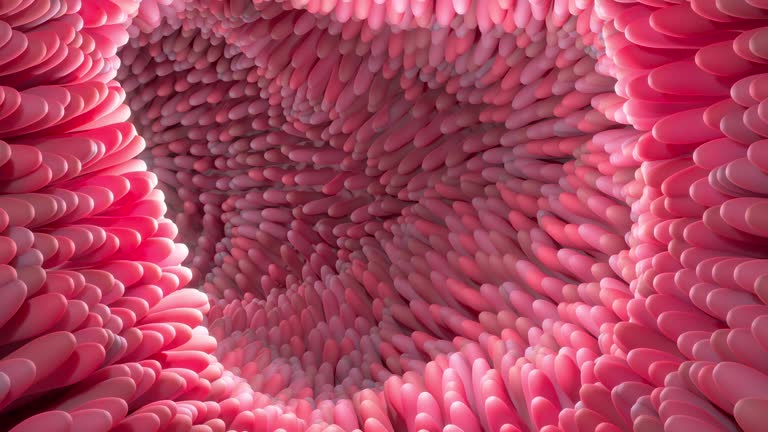1. Breathing is a .... physical or chemical process that moves air in and out the body
2. Respiration is a .... physical or chemical process that produces energy
1. Physical
2. Chemical
1. Which side of the heart pumps blood to the lungs?
2. Which side of the heart pumps blood to the whole body?
1. Right side
2. Left side
What is B and F in the diagram?
B) Oesophagus
F) Large intestine
Excretion is the process of filtering and disposing of _______________ from the body
WASTE
What is the name for the pipe that is lined with cartilage rings to keep it open so air can travel down it?
Trachea
a) Carry blood away from the heart
b) Tiny blood vessels that let oxygen and carbon dioxide in and out of the blood
c) Carry blood towards the heart
a) Artery
b) Capillary
c) Vein
Amylase, pepsin and lipase are all types of ___________ which help speed up chemical digestion.
Enzymes
Match the waste to the organ that excretes it...
Liver Carbon dioxide
Lungs Sweat
Skin Toxins and makes bile
Bladder Urine
Liver --> Toxins and makes bile
Lungs --> Carbon dioxide
Skin --> Sweat
Bladder --> Urine
What is the difference between aerobic and anaerobic respiration?
Aerobic respiration uses oxygen and produces a lot of energy.
Anaerobic respiration does not use oxygen and produces less energy, along with lactic acid.
What are the flaps in the heart and veins that keep blood flowing in the right direction?
Blood valves
Which of these statements are TRUE?
a) Carbohydrates break down into glucose
b) Protein breaks down into fatty acids & glycerol
c) Fats (lipids) breaks down into glucose
d) Protein breaks down into amino acids
a) Carbohydrates break down into glucose
d) Protein breaks down into amino acids
Which organ is in charge of filtering blood to remove waste as urine and gets glucose reabsorbed back into the blood?
Kidneys
Gas exchange happens in air sacks called ____a____. There are millions of these sacks in your lungs which means there is lots of ____b____ for ____c____ to get out of the blood and ____d____ to get into the blood.
:max_bytes(150000):strip_icc()/Alveoli-56a14da83df78cf772696d4f.jpg)
a) Alveoli
b) Space / surface area
c) Carbon dioxide
d) Oxygen
Name the chambers of the heart... (double points if you write where the blood is going from each chamber).
1. Right atrium (goes to right ventricle)
2. Right ventricle (goes to lungs)
3. Left atrium (goes to left ventricle)
4. Left ventricle (goes to the whole body)
Put these processes in order of what happens during digestion... (bonus if you can name where they happen!)
Egestion, Ingestion, Digestion, Absorption
Ingestion (swallowing and eating - mouth)
Digestion (breaking down food - stomach)
Absorption (absorbing nutrients into blood - small intestines)
Egestion (getting rid of waste - large intestine)
Carbon dioxide is a waste product from respiration. Put the journey it travels to be excreted into the correct order.
Bronchioles, Trachea, Heart, Mouth/Nose, Alveoli, Bronchi
Heart > Alveoli > Bronchioles > Bronchi >Trachea > Mouth/Nose
Order these from where air first enters to where it ends up...
Larynx Bronchus Blood Mouth/nose Alveoli Bronchioles Trachea
Mouth/nose --> larynx --> trachea --> bronchus --> bronchioles --> alveoli --> blood
Your heart rate to increase - your heart beats faster to pump more blood (that carries glucose and oxygen) around your body to the cells that need it for exercise.
What is the purpose of the villi in the small intestines?
To provide more space / surface area for nutrition to be absorbed into the blood
What would happen if waste moved too slowly through someone's large intestine?
Too much water would be absorbed from the waste and the person would be constipated.
